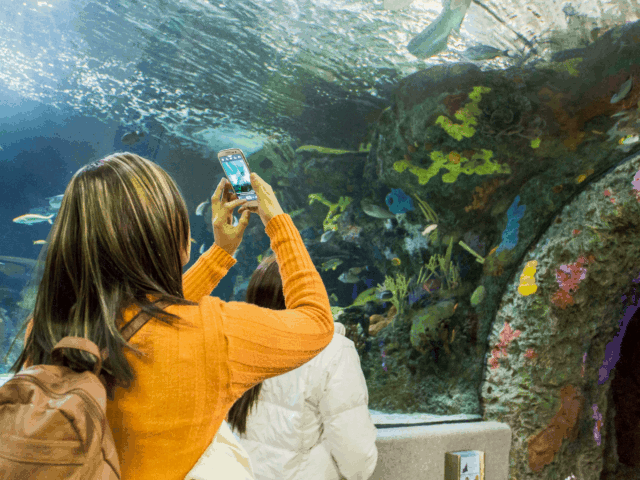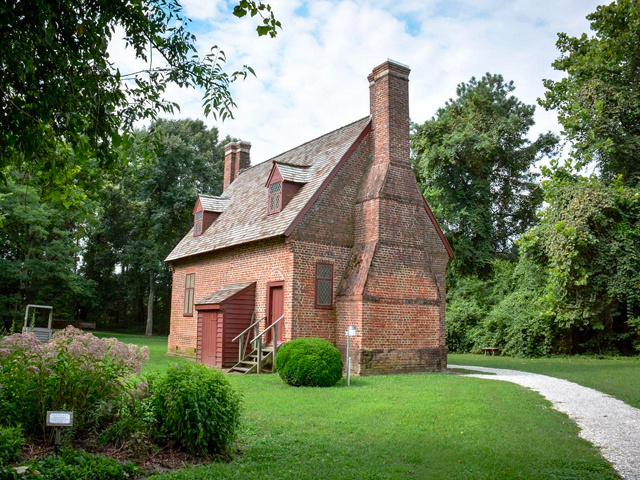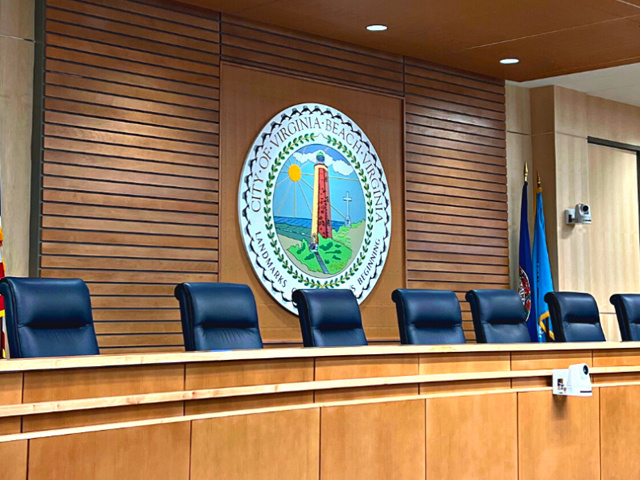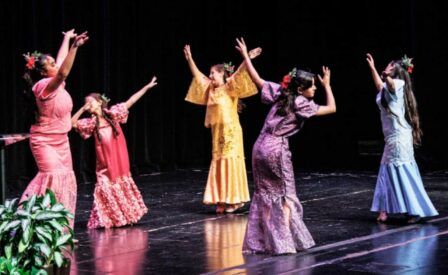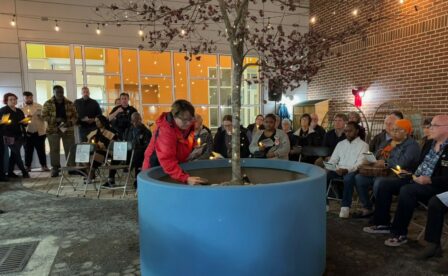Be In The Know
Take a Self-Guided Driving Tour of African American History
Explore these 13 sites throughout the city that hold significant meaning in Virginia Beach’s African American history.

Pictured: Seatack Volunteer Fire Department
From neighborhoods and parks to churches and schools, these 13 sites reflect the dynamism of African American heritage at pivotal points in history. Though the buildings that once housed them no longer exist, the rich memories and captivating stories from locations two and eight live on through historical records.
Sites marked with an asterisk are privately owned; however, visitors may drive by. Please check the websites for more information.
1) First Landing State Park
2500 Shore Drive
First State Landing Park, previously known as Seashore State Park, was built by an all-African American regiment, Company 1371. Formed in response to the Civilian Conservation Corps which sought to reduce unemployment after the Great Depression, Company 1371 constructed roads and trails, built cabins, planted trees and more. Despite their efforts, Black people were not allowed to visit the park until 1965. A historical marker commemorating the CCC program and the work of Company 1371 is located within the park itself by the Visitor Center.
2) Seaview Beach and Amusement Park*
Shore Drive at West Great Neck Road
From 1945 to 1965, Seaview Beach and Amusement Park was a popular entertainment site for African Americans where jazz legends including Ella Fitzgerald, Dizzy Gillespie and Louis Armstrong often performed.
3) Oceana Lodge No. 69 Prince Hall Ancient Free and Accepted Masons*
1760 Potters Road
One of the region’s oldest Masonic lodge halls, Oceana Lodge No. 69 of Ancient Free and Accepted Masons has been a central gathering place for local African Americans since 1892.
4) Nimmo United Methodist Church*
2200 Princess Anne Road
Nimmo United Methodist Church, constructed in 1791, features a slave gallery which was added to the building around 1840 and is still attached to the historic structure.
5) Asbury Christian Fellowship Church*
1392 Princess Anne Road
Located in the Pungo community and founded by African Americans in 1871, Asbury Christian Fellowship Church was originally known as Asbury United Methodist Church. The frame building that replaced its former log cabin structure was damaged by a hurricane in 1944. The current building was erected five years later.
6) Pleasant Ridge School*
1392 Princess Anne Road
The first Pleasant Ridge School, which is next door to Asbury Christian Fellowship Church, opened around 1886 for Black children in first through seventh grades. The one-room schoolhouse was destroyed by a fire around 1918 and rebuilt sometime later. The school was closed in 1956 and the building was donated to Asbury church, the children would be moved to the new Seaboard Elementary School, now called Princess Anne Elementary. In 1990, there were discussions to refurbish the school and Councilmember Barbara Henley served on the committee. Later on, funds began to run low, and it was soon realized that the committee might not have enough money and manpower to finish the project. Sheriff Frank Drew, sheriff from 1990-2000, donated some materials and the help of the Community Work Force from the local jail to finish the projects. Thanks to the efforts of everyone involved the renovation was fully completed in 1997.
7) Union Baptist Church*
4608 South Boulevard
Once known as “Bush Shelter” at Walk’s Corner, Christians went through great lengths to evade the dangers of slavery and gather within the walls of Union Baptist Church, established in 1862. Fast forward to present day, the church is still active and celebrated its 161st anniversary in November 2023.
8) Princess Anne County Training School
100 Cleveland St. (inside Renaissance Academy)
After several denied requests by Princess Anne County to build a high school, African Americans raised enough money to buy land. In 1938, these funds, along with grants, persuaded the county to build Princess Anne County Training School—the area’s first and only high school for African Americans. Exhibits and authentic artifacts from the school are currently displayed at the Princess Anne County Training School/Union Kempsville High School Museum in Renaissance Academy.
9) Newsome Farm and Cemetery*
Daniel Smith Road and Baker Road
Newsome Farm was formed Oct. 20, 1869, by five former slaves: Lemuel Stone, Jeremiah Hines, Eli Cornelius, Berry Cornick and Abraham Woodhouse. The property eventually evolved into a settlement of 70 homes. In 1977, the City started restoring Newsome Farm, transforming it into a more modern, integrated community.
10) Virginia African American Cultural Center (VAACC)*
744 Hampshire Lane
Commissioned by the Virginia Beach Office of Cultural Affairs in partnership with the Virginia African American Cultural Center (VAACC), “Portraits from a Place of Grace” is a public installation by nationally renowned artist Rich Hollant. A resident from each of the city’s 14 historically Black neighborhoods is represented in the installation, spanning multiple generations.
11) Ebenezer Baptist Church*
965 Baker Road
In 1859, Ebenezer Baptist Church began as a small log cabin with no floor and quickly adapted to the needs of a growing congregation. It is one of the oldest remaining churches in Virginia Beach.
12) L & J Gardens*
Northampton Boulevard and Wesleyan Drive
Developed for middle-class African Americans in 1954 by Black businessman and college graduate Walter H. “Crow” Riddick, the well-maintained L & J Gardens neighborhood was a symbol of the American Dream during racial segregation. Riddick family members and other distinguished Black professionals continue to live in the community today.
Listed as a historic district in the Virginia Landmarks Register.
13) Seatack Community*
Birdneck Road
Against the backdrop of segregation, Seatack residents achieved great feats including building churches, schools, parks, a community day care and a recreation center. The community is credited with founding one of the first Black-owned fire stations in eastern Virginia. Seatack is also where prolific producer, songwriter, artist and fashion designer Pharrell Williams was born.
Listed as a historic district in the Virginia Landmarks Register.
This self-guided driving tour was designed by the Virginia Beach Convention & Visitor’s Bureau in partnership with the Virginia African American Cultural Center. For more information, visit www.vaaccvb.org.
Contact Information
Keep Reading
See All Posts-
Calendar News Blog Hot Topics Multimedia Social Media Mobile Apps





